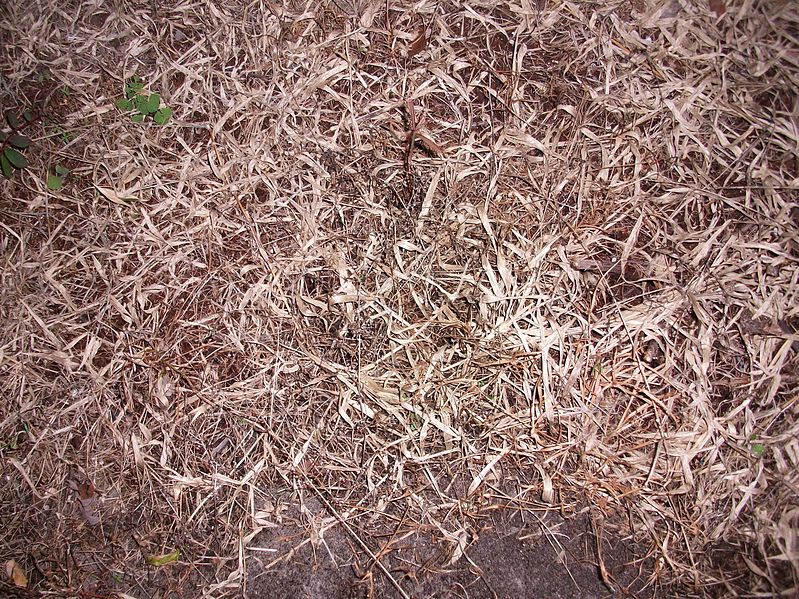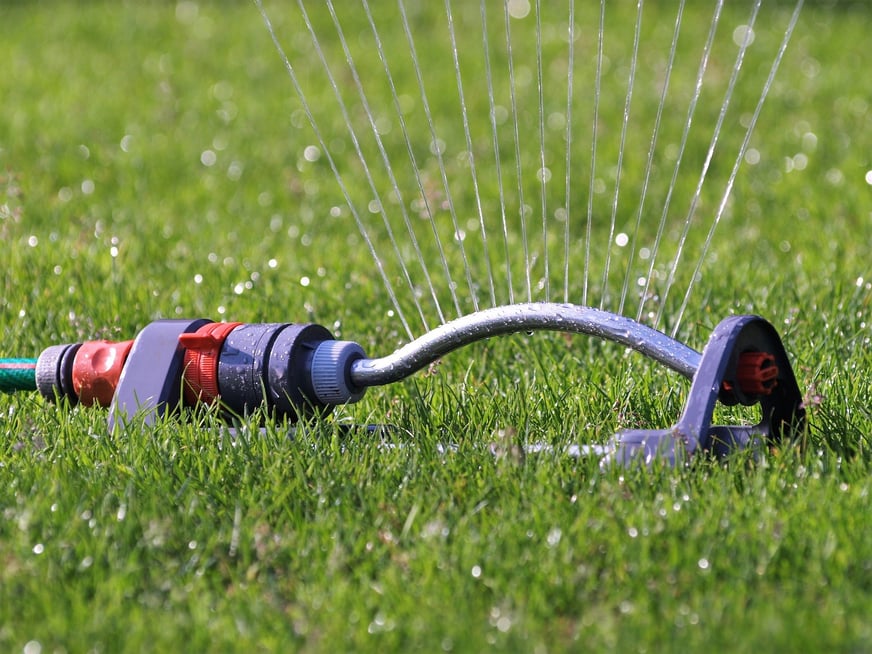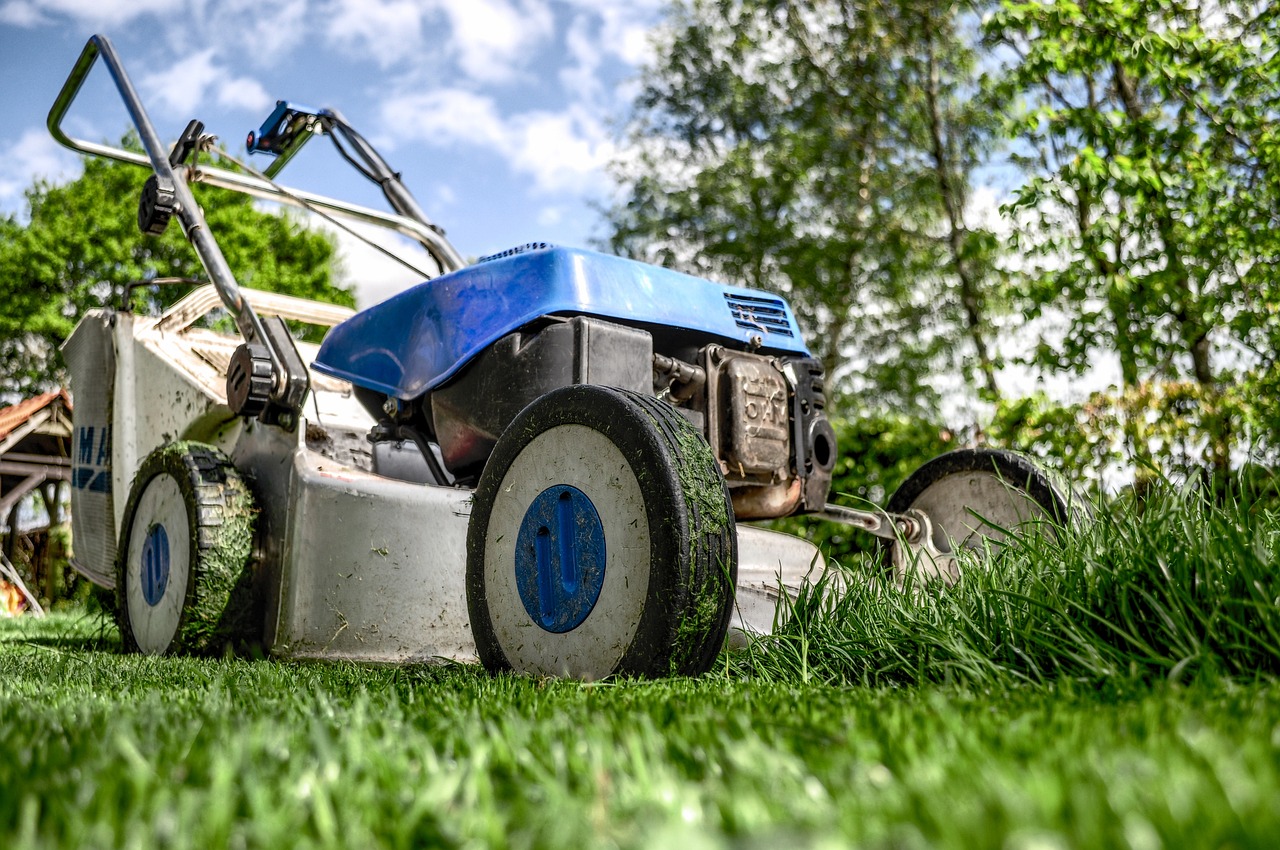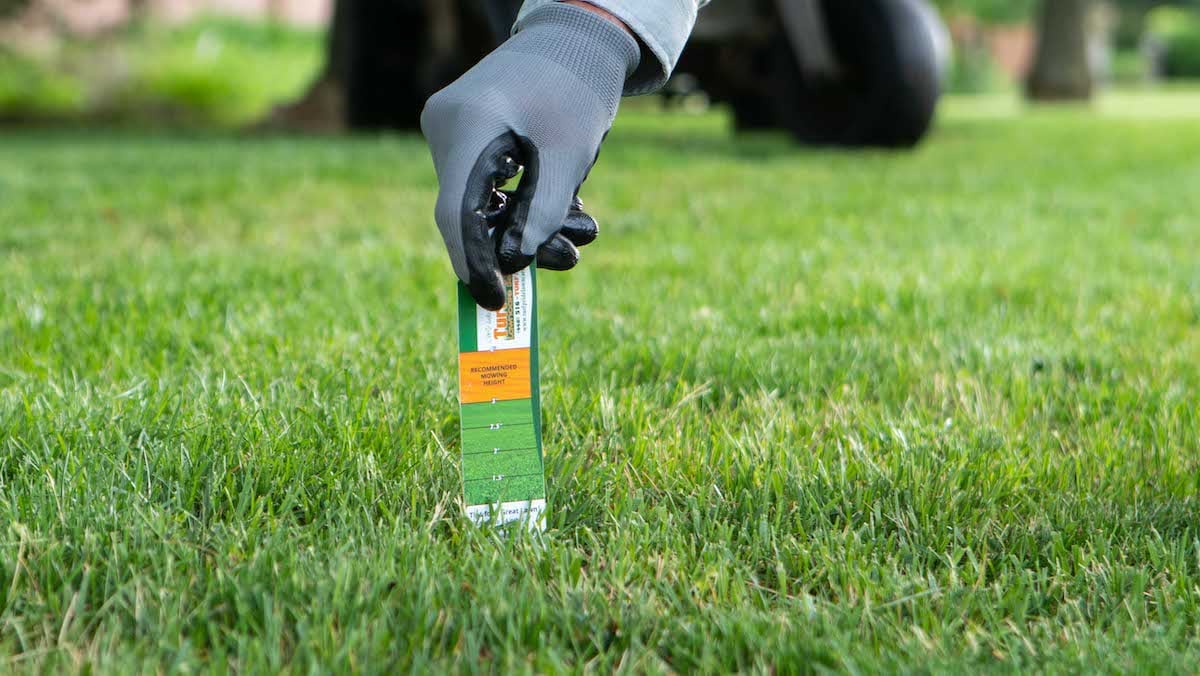
How to Treat a Heat Stressed Lawn in Northeast OH
It’s getting hot out there.
Sure, summer is glorious for you, but have you thought about what it does to your lawn?
Summer’s hot temperatures and lack of water can stress your grass out. Even a healthy lawn can take a beating.
Let’s discuss how to handle stressed grass and what you can do about a lawn dying out in summer.
How Do You Know If You Have Heat-Stressed Grass?
Heat stress in lawns is a valid concern during summer’s dog days.
If you have a brown or patchy lawn, you might feel like it’s an eyesore in your neighborhood.
You might even begin to worry about how much you might have to spend to fix your lawn if it gets out of control.
A lawn that is discolored or isn’t growing well is certainly sending you a message. But it might not be dying. This means you could still enact some strategies to help it along during these times.
Try these strategies to prevent grass dying in summer.
Proper Watering is Important
Obviously, during summer, water is a crucial component to help relieve stressed lawns.
While rains may be frequent in spring, in summer they can slow down. To keep your grass receiving the water it needs, irrigate one to two times weekly for approximately 45 to 60 minutes. You want to provide your grass with a good soak; you don’t want to just water for a couple minutes or that water won’t reach your lawn’s roots. Your goal should be to provide your lawn with 1 inch of water each week.

Remember to also follow water requirements or any drought restrictions that may arise.
Ensure You’re On An Annual Fertilization Program
Sure, adding nutrients in the peak of grass dying in summer may not offer much help.
But taking care of your lawn all year long can ensure it has the nutrients it needs when heat strikes.
Granular fertilization with organic nutrients encourages top growth and maintains turf vigor for the year, as well as helping roots grow strong in fall.
A lawn that has proper nutrients won’t be as stressed during these warm, dry summer days.
/Live%20Website%20Images/Lawn-care-technician-fertilizing-grass.jpg?width=1200&height=676&name=Lawn-care-technician-fertilizing-grass.jpg)
Mow Correctly
Sure, by the time summer comes around, mowing may slow down. While you may be mowing every 5 days in spring, by summer this could lengthen to almost every 10 days.

But that doesn’t mean you should slack on proper technique. Following some basic rules can help prevent grass dying in summer.
Keep your mowing height to 3 to 4 inches high, only removing up to one-third of the grass blade at a time. This ensures your grass doesn’t stress out more than it needs to once heat rises. It helps it better survive drought as well.

Also, ensure your mower blades are sharp to prevent any grass tearing while cutting.
Take Care of Weeds and Insects
While summer is bringing the heat, you also don’t want to let weeds take over or insects infest your lawn.
Post-emergent weed control applications can help you manage stubborn weeds. And watching for insect activity or damage from common summer pests like bill bugs or chinch bugs is also important at this time to prevent stressed grass.
/TurfPrideSpring2022(WebOptimized)-69.jpg?width=5168&height=2912&name=TurfPrideSpring2022(WebOptimized)-69.jpg)
Let Turf Pride Help You Beat the Heat
It may take some trial and error for you to prevent the effects of heat stress in lawns. It makes sense. Grass is a living plant, so many things can contribute to its overall health.
As you navigate summer with your lawn, it can feel overwhelming. We completely understand.
Let Turf Pride help. We are experts in caring for Northeast Ohio lawns. And we can ensure your lawn survives the heat and drought of summer so you can be proud of how your lawn looks all year long.
/Live%20Website%20Images/turf-pride-team-lineup-company-vehicles.jpg?width=5168&height=2912&name=turf-pride-team-lineup-company-vehicles.jpg)
Want to improve your lawn’s health and help it stay healthy through summer? Turf Pride can help. Get started today with a free quote. Together, we’ll customize a plan that gives you the most attractive lawn on the block.
Image Source: https://commons.wikimedia.org/wiki/File:Dead_grass_and_weeds.jpg


